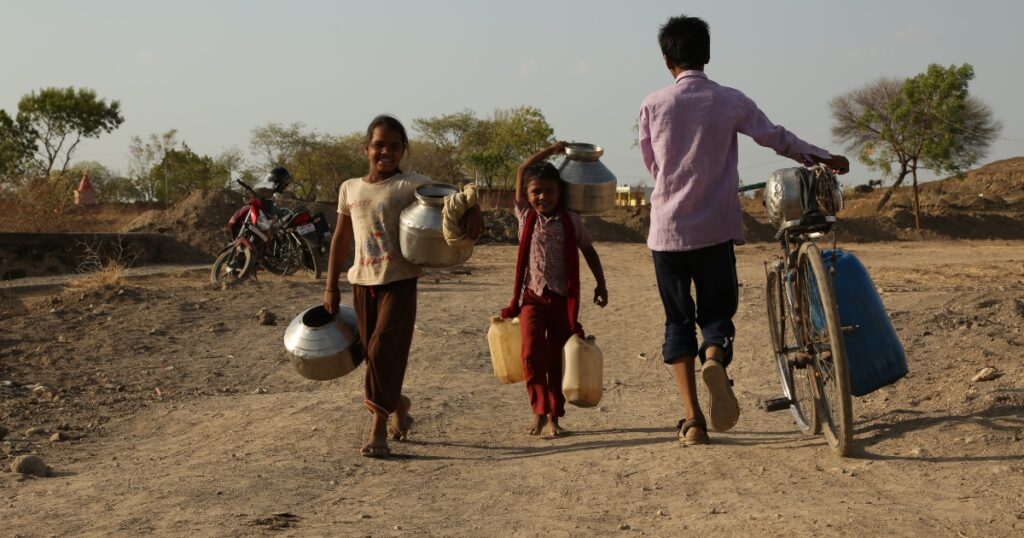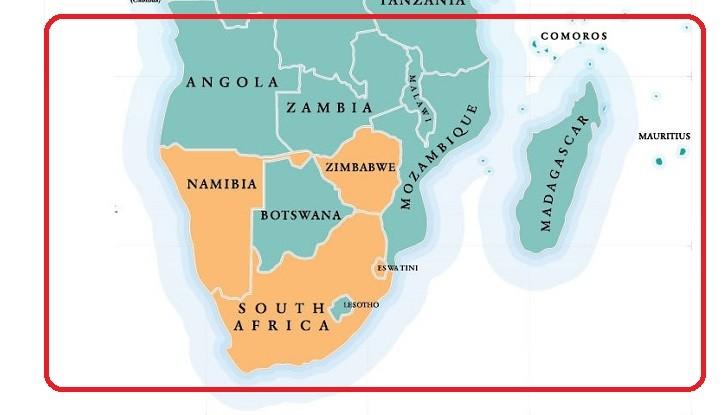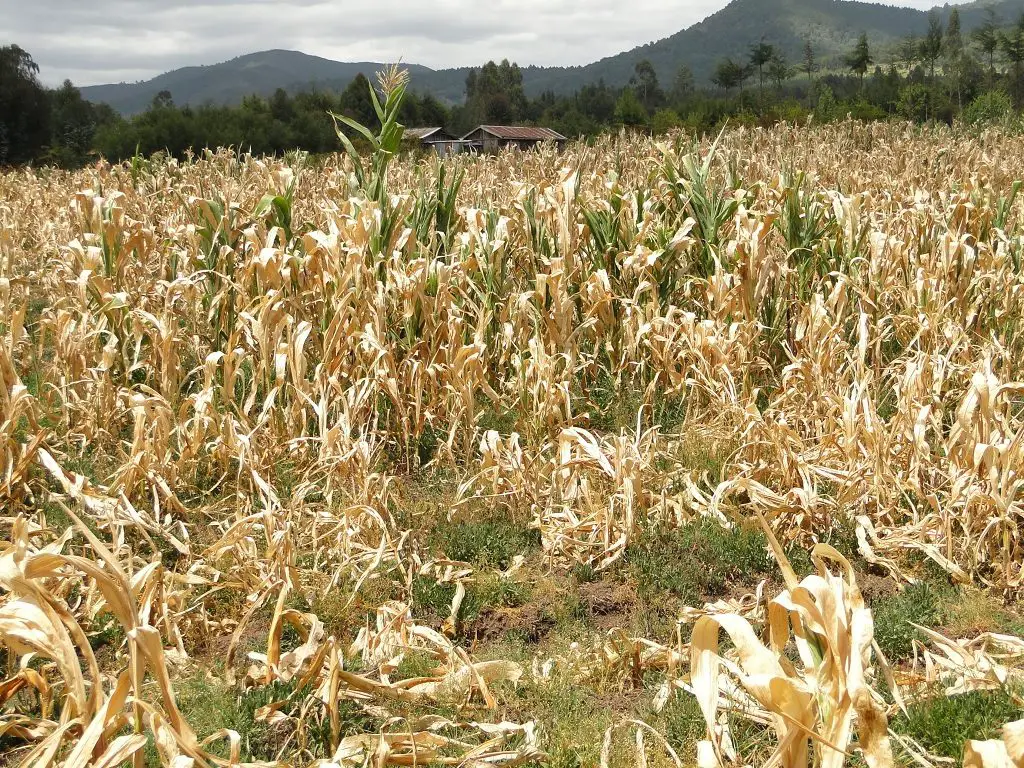- Africa’s new dawn: the rising role of digital and AI in agriculture
- Can Dangote Refinery Transform Africa Energy Ambition
- Gallup Survey: 80 per cent of Kenyan Workers Are Disengaged and Seek New Opportunities
- Madagascar Man Freed from 5KG Tumor After 15-Year Struggle
- How women in Africa are perceived and treated
- Sugar consumption in Kenya to Increase to 1.23 Million Tonnes
- Can Somalia and Turkey Oil deal Bring Change in Somaliland
- Remittances to Kenya dropped to $371.6 million in June, marking a six month low
Browsing: Drought
- About 23 million people in Ethiopia, Kenya and Somalia are facing acute food insecurity.
- The worst drought in 40 years in the region has seen people lose cattle, crops, and entire livelihoods in the past three years.
- While current rains have brought some reprieve, it has also led to floods, leading to displacement, increased risk of disease, livestock loss and crop damage.
About 23 million people from Ethiopia, Kenya and Somalia are facing acute food insecurity attributable to the worst drought in 40 years and raging floods.
According to the United Nations Children’s Fund (UNICEF), the double whammy of disaster has left communities vulnerable having lost cattle, crops, and entire livelihoods.
“Over the past three years, communities have been forced to take extreme measures to survive, with millions of children and families leaving their homes out of pure desperation in search of food and water,” said Mohamed Fall, UNICEF Regional …
- The Kenyan Government has partnered with ZEP-RE (PTA Reinsurance Company), Kenya Development Corporation (KDC), and the World Bank, to launch the De-Risking, Inclusion, and Value Enhancement of pastoral economies (DRIVE) project.
- Over 250,000 households are expected to benefit from the World Bank-backed project representing 1.6 million pastoralists and their dependents across Kenya, Ethiopia, Somalia, and Djibouti over a five-year period.
- DRIVE project seeks to de-risk pastoral systems through insurance, savings, and financial education while de-risking private sector investments that provide reliable markets to millions of pastoralists including women and youth.
In drought-stricken Kenya, millions of dead livestock tell of lost livelihoods as the worst dry spell in a half-century sweeps across the Horn of Africa. Latest data estimates that over 2.6 heads of livestock—cattle, goats and even camels, erstwhile “ships of the desert”—have died due to lack of water and pasture following failed rains, piling huge pressure on pastoral families …
A recent report by Save the children has revealed that Kenyan children born over the past year will on average face 4.6 times more drought during their lives than their grandparents.
According to the research, the risk is significantly higher in many low- and middle-income countries, particularly in Asia and Africa. Compared to 60-year-olds, newborns in Afghanistan will confront 5.3 times more drought in their lifetimes.
“In Tanzania and Kenya, children will face 2.8 and 4.6 times the exposure to drought, respectively,” it read in part.
The organisation also noted that the children will be the most affected because they are at a greater risk of battling waterborne diseases, hunger and death due to drought and floods.
“Some children might even be hit by several disasters simultaneously or in quick successions such as drought, floods and fires,” it added.
According to an analysis by the International Federation of Red Cross …
With more than 14 million people in Southern Africa facing acute hunger, non-governmental organisations are calling on the AU Heads of State to address the issue threatening lives in the region.
The NGOs comprising of Oxfam, CARE, Plan International and World Vision are also calling for the implementation of agricultural policies that will enable people to feed themselves in line with the AU’s Malabo Declaration’s commitment of investing 10 per cent of national budgets in agriculture.
In addition, Southern African leaders are being urged to increase investments in early warnings and early action systems on natural hazards and promote agroecological approaches to transition towards more just and sustainable food systems.
14.4 million people facing acute hunger
Severe food insecurity rates across 9 southern African countries are 140 per cent higher now than in 2018 primarily because people are being hit by weather extremes driven by climate change.
Across the Southern …
Among those who require immediate early action are 10.7 million people across Somalia, Kenya, Ethiopia and the Karamoja region in Uganda.…








